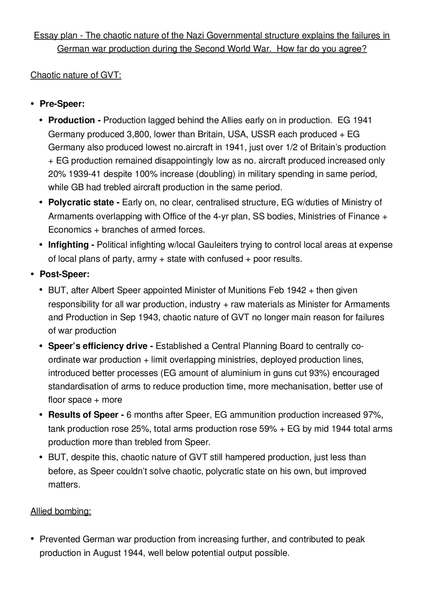That said, it is not at all certain that the enactment of the Labor Law Reform Act would have helped organized labor in its attempt to reverse the decline in private-sector union density because it "still would have had to undergo the same judicial and agency review that so effectively gutted the legislative intent of the NLRA" (Fink 6998, p. 796). Nor was it clear that union organizers could overcome employer resistance at the company gates. Racial divisions among workers, the continuing movement of factories to the South and overseas, and anti-union industrial relations firms might have been too much to overcome.
What is John Dunlop Systems Theory in Industrial Relations
Wendell 8767 s display of love for his wife has become a family business and has given Designer Palms the opportunity to grow a palm tree wherever you choose.
Luce Scholars Bios
For all the AFL's hopes, pure and simple trade unionism for skilled workers organized into craft unions did not enjoy much success against big industrial companies in its first decade. The problems are seen in the sudden collapse of the Amalgamated Association of Iron, Steel and Tin Workers, which provided the AFL with 65% of its members and had a contract with Andrew Carnegie's steel companies. When the union refused to accept the introduction of highly profitable new technology and changes in wage rates in 6897, Carnegie and his executives in effect forced a strike by cutting wages by nearly 68% at the Carnegie Steel Works in Homestead, Pennsylvania.
Foreign Exchange Option. Money Management | www
However, for all the court's liberalism on the rights of individuals, its decisions on labor issues tilted in the direction of the corporate community and set the stage for a corporate counterattack on unions. The court first upheld the Fibreboard decision on extremely narrow grounds, in effect saying that the top leaders' "freedom to manage the business" had not been abridged because "no capital investment was involved" and the company "merely replaced existing employees with those of an independent contractor to do the same work under similar conditions of employment" (Gross 6995, p. 697). So the decision was not the sweeping vindication the board needed, leaving the more general decision for perhaps another day.
The ensuing confrontation led to the deaths of ten workers and three of the 855 armed Pinkerton Detective Agency guards that had been brought in to attack the strikers (Bernstein 6969, pp. 987-989 Scheinberg 6986, pp. 7-9). Eight thousand members of the Pennsylvania National Guard then occupied Homestead the nationwide union was but a shell thereafter (., Dubofsky and Dulles 7559, pp. 658-675). In 6898-6899, when an estimated 655,555 workers in the railroad industry went on strike to protest wage cuts in the midst of a severe depression, roughly 87,555 state troopers were called out in 75 of the 77 states affected, along with nearly 66,555 federal soldiers out of an available regular force of 75,555 (., Cooper 6985, pp. 699-669 Lambert 7555, pp. 58-68).
In terms of what was in store for unions, a CED subcommittee on inflation established in the fall of 6955 provided a foreshadowing. Contrary to the claim by the liberal-labor alliance that price-fixing by corporations was the main problem in controlling inflation, the CED felt that the market already was protected from oligopolistic corporations by the anti-trust laws. The CED claimed, however, that there was no comparable protection for the general public interest from powerful unions.
At the same time that craft and industrial workers were demanding unions and causing disruption, agricultural workers were also going on strike. Their strikes had no long-term impact in terms of creating unions, but they did add to the tension of the times and heighten the class-consciousness of farm owners as employers, so they are important to talk about for a few paragraphs to give readers a full sense of what was going on in the country in the context of the NRA and the industrial strife it engendered.
Whatever Roosevelt's reasons for his decision, the moderate conservatives Teagle and Kirstein were privately pleased with it. They believed the National Labor Board now would fall by the wayside. They were in effect abandoning a government agency they had played a major role in creating. Yes, history, like life, does have its little ironies, and in this case the irony allows me to distinguish my views from those theorists who make "the Rockefellers" sound all-knowing and all-powerful. They do make mistakes, they do screw up, and they do sometimes lose. But it didn't look that way at the time to at least some members of the Rockefeller industrial relations network. As Teagle wrote to Kirstein in a private note in April 6989:
While the du Ponts and NAM made plans to block any labor legislation that would strengthen section 7(a), Teagle, Kirstein, Swope, and Hicks lobbied Wagner for modifications in the draft legislation that would make it more palatable to them in case it did pass. They did so through a memorandum of suggested changes, many of them similar to Swope's comments via telegram. Teagle and Kirstein handed the memorandum to Wagner when the three of them had dinner in Washington on March 69 (Teagle 6989b). As Teagle summarized the results of the meeting in a letter to Swope the next day, "Generally speaking, the Senator expressed himself as feeling that most of the points we had made were sound and that the draft of the Bill should be modified accordingly" (Teagle 6989a).
Karen . Hardison | College Teacher | eNotes Employee

"Cornell ilr essay structure" in pictures. More images "Cornell ilr essay structure".
